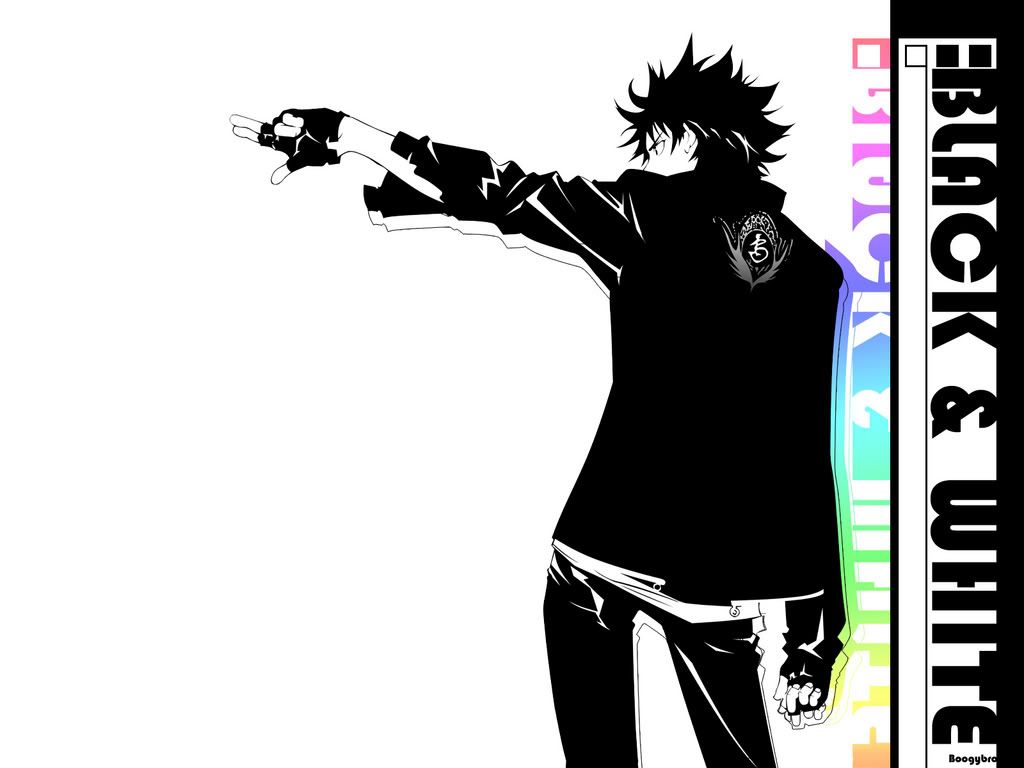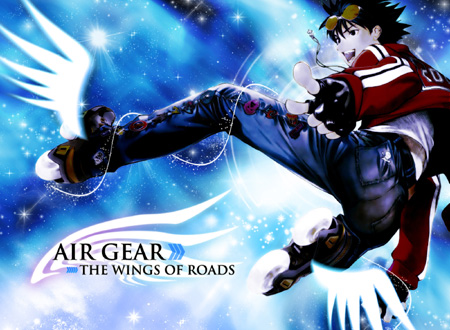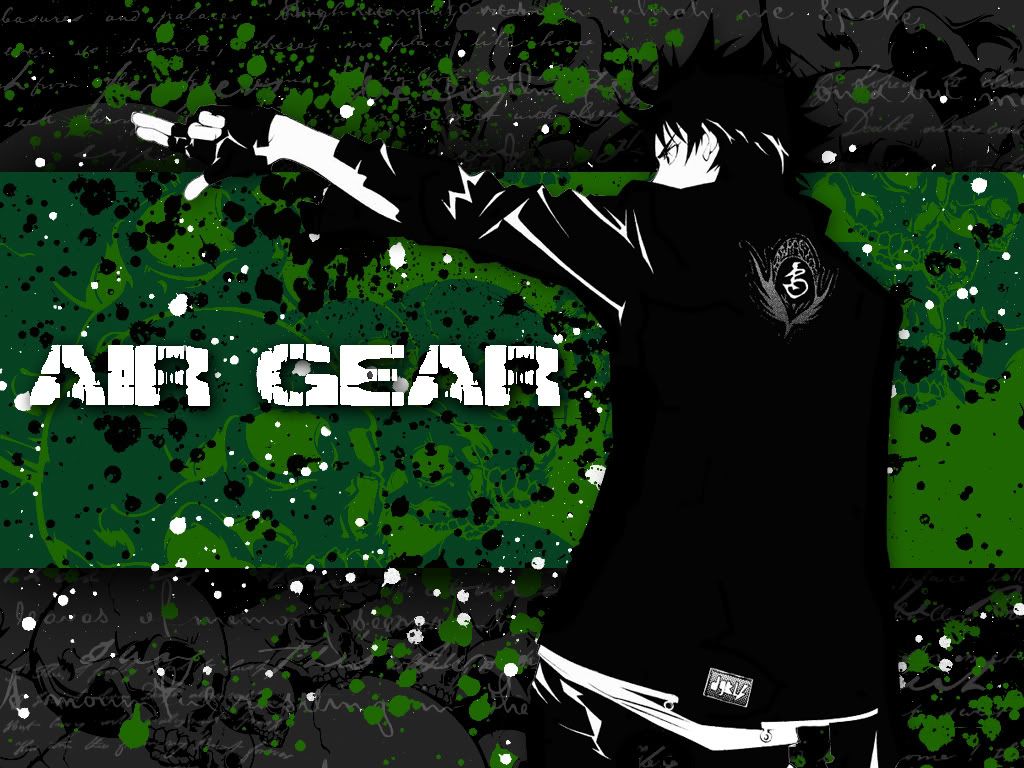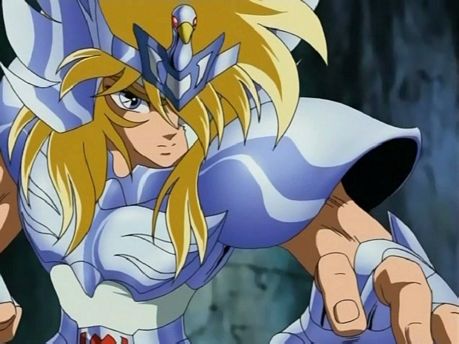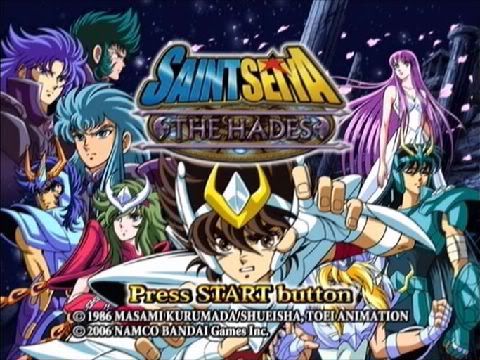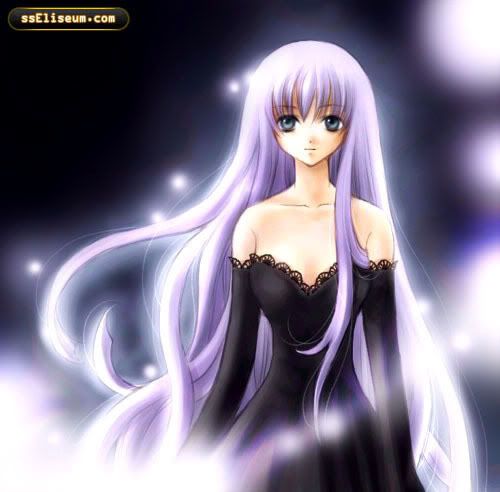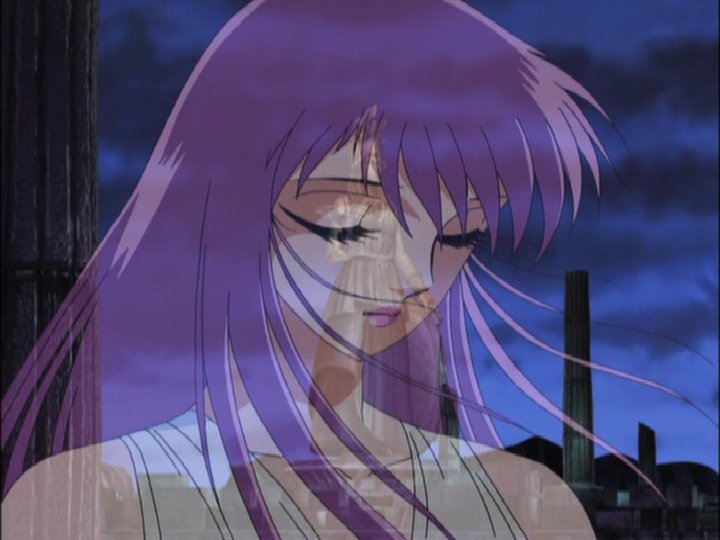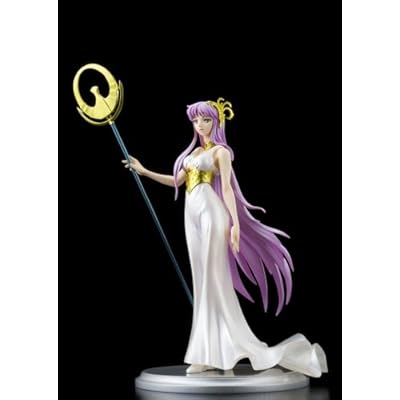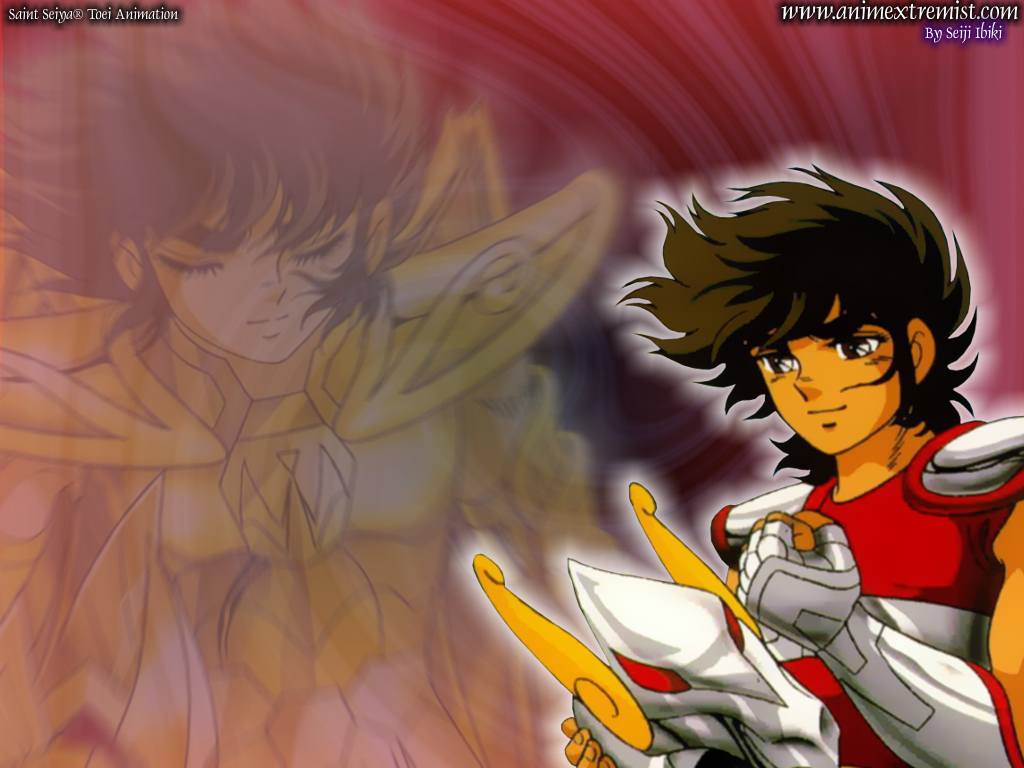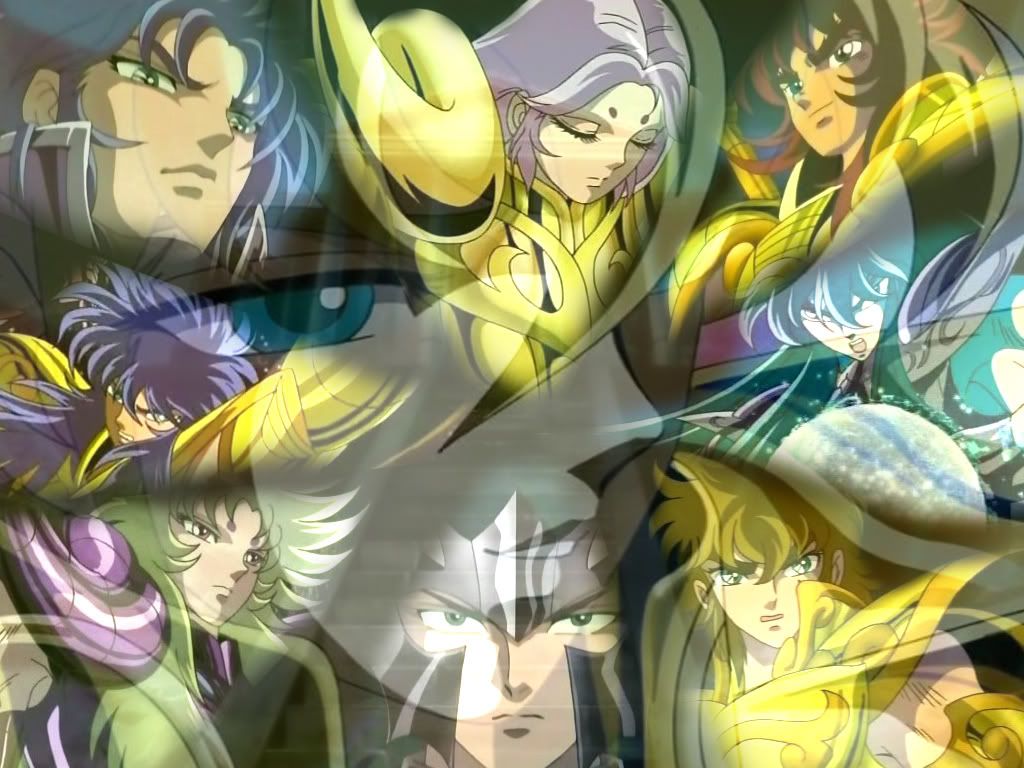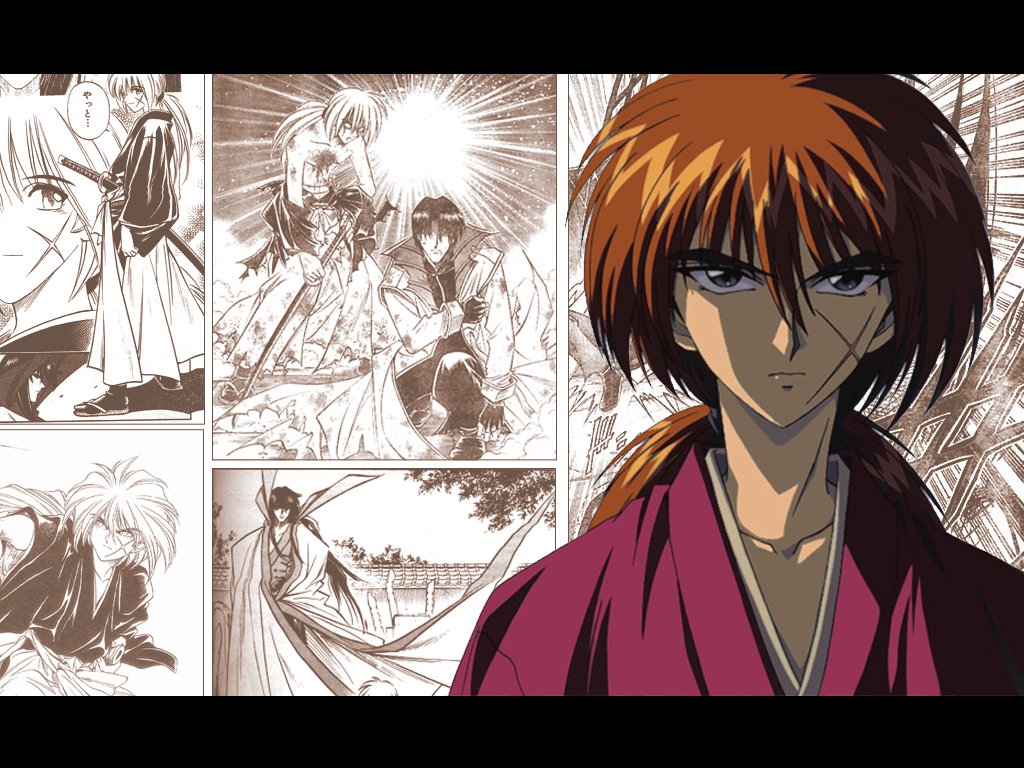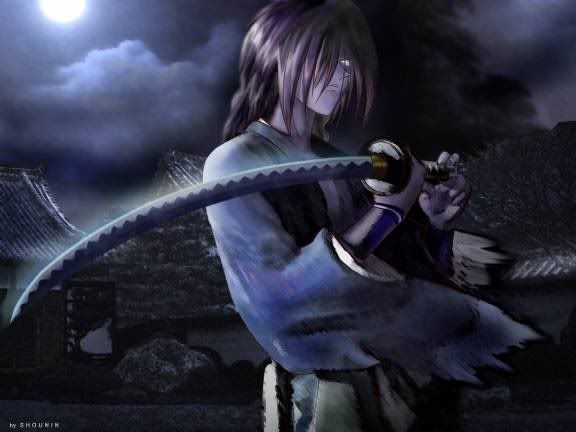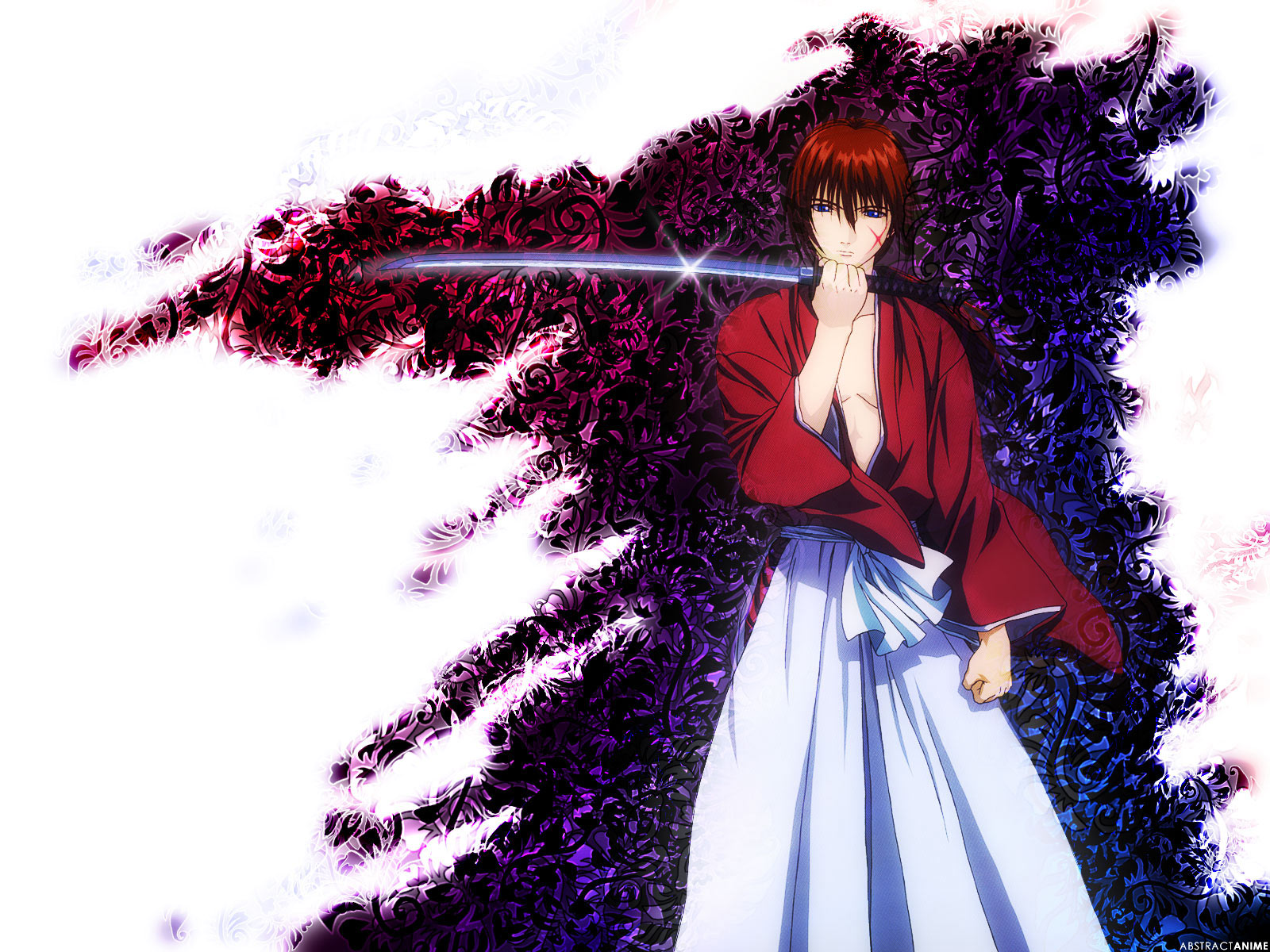Tsubasa Ozora is a young Japanese Elementary school student who is deeply in love with football and dreams of one day winning the FIFA World Cup for Japan. He lives together with his mother in Japan, while his father is a seafaring captain who travels around the world.
 Tsubasa Ozora is known as the Soccer no Moshigo which translates as "heaven-sent child of soccer". When he was only barely a year old, he was almost run over by a rushing bus while playing with a football (soccer ball). However, Tsubasa had held the ball in front of him which served as a cushion for most of the impact. The force of the bump blew him away, but he was able to right himself over again with the ball. Hence, Tsubasa Ozora's motto of "The ball is my friend". Ever since he was little, he always went out with a football. His mother now having concluded that he was indeed born only to play football. At a very young age, Tsubasa Ozora already has amazing speed, stamina, dribbling skills and shotpower, astounding anyone who sees him play.
Tsubasa Ozora is known as the Soccer no Moshigo which translates as "heaven-sent child of soccer". When he was only barely a year old, he was almost run over by a rushing bus while playing with a football (soccer ball). However, Tsubasa had held the ball in front of him which served as a cushion for most of the impact. The force of the bump blew him away, but he was able to right himself over again with the ball. Hence, Tsubasa Ozora's motto of "The ball is my friend". Ever since he was little, he always went out with a football. His mother now having concluded that he was indeed born only to play football. At a very young age, Tsubasa Ozora already has amazing speed, stamina, dribbling skills and shotpower, astounding anyone who sees him play.
 At the beginning of the story, both of them move to the city of Nankatsu, a town well-known for their talented high school football teams, and where Tsubasa meets Ryou Ishizaki, a football-loving young student who often sneaks out from his mother's public bathrooms and chores in order to play football, Sanae (also known as Anego), a young enthusiastic girl who also loves football and helps cheer the Nankatsu High team on, and Genzo Wakabayashi, a highly talented young goalkeeper whom he soon challenges to a game in Nankatsu's annual Sports Festival. He also meets Roberto Hongo, one of the best Brazilian football players, who is a friend of Tsubasa's father, and who arrives in Japan and starts living with Tsubasa and his mother. Roberto becomes a mentor to Tsubasa and helps him to harness his football skills, convincing him to join Nankatsu Elementary and its fledgling high school football team, which Roberto coaches later as he passes his techniques onto Tsubasa.
At the beginning of the story, both of them move to the city of Nankatsu, a town well-known for their talented high school football teams, and where Tsubasa meets Ryou Ishizaki, a football-loving young student who often sneaks out from his mother's public bathrooms and chores in order to play football, Sanae (also known as Anego), a young enthusiastic girl who also loves football and helps cheer the Nankatsu High team on, and Genzo Wakabayashi, a highly talented young goalkeeper whom he soon challenges to a game in Nankatsu's annual Sports Festival. He also meets Roberto Hongo, one of the best Brazilian football players, who is a friend of Tsubasa's father, and who arrives in Japan and starts living with Tsubasa and his mother. Roberto becomes a mentor to Tsubasa and helps him to harness his football skills, convincing him to join Nankatsu Elementary and its fledgling high school football team, which Roberto coaches later as he passes his techniques onto Tsubasa.

Tsubasa

Tsubasa












